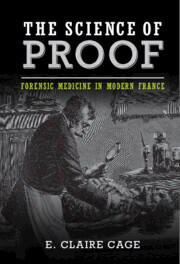Amplitude of the Nl component of the cortical response was used to objectively determine threshold of hearing at 1 kHz and 4 kHz in a series of consecutively referred medicolegal cases with alleged occupational noise induced hearing loss and a control group of patients with Ménière's disease who were not seeking compensation for their hearing loss. The cortical response thresholds were compared with the subjective pure tone audiometric (PTA) thresholds at the same frequencies. The cortical and PTA thresholds were ‘;within 10 dB’; for 84 and 92 per cent of the cases of noise induced hearing loss (NIHL) and Ménière's disease respectively, confirming the validity of CERA as a means of denning accurately the frequency specific thresholds and the audiometric configuration. Of the remaining 16 per cent of NIHL, 13 per cent exaggerated their PTA thresholds at 1 kHz and 10 per cent at 4 kHz whilst the error in cortical threshold estimation was beyond the 10 dB level for three and six per cent of cases at those frequencies respectively. The median exaggeration of threshold was 25 dB. For eight per cent of the Ménière's patients, thresholds exceeded 10 dB at both 1 and 4 kHz, four per cent of whom exaggerated their PTA thresholds and four per cent had a test error greater than 10 dB. A similar percentage (four per cent) of both groups revealed a cortical test error greater than 10 dB whereas three times as many cases of noise induced hearing loss (13 per cent) revealed exaggeration of their subjective audiometric thresholds compared with the Ménière's group (four per cent).
The value of latency criteria in the assessment of cortical threshold was established. The latency of Nl close to threshold was invariably greater than 150 ms and at 30 dB above threshold, irrespective of absolute levels, it was within 10 ms of 100 ms, thereby providing another criterion for the improved measurement of threshold.


